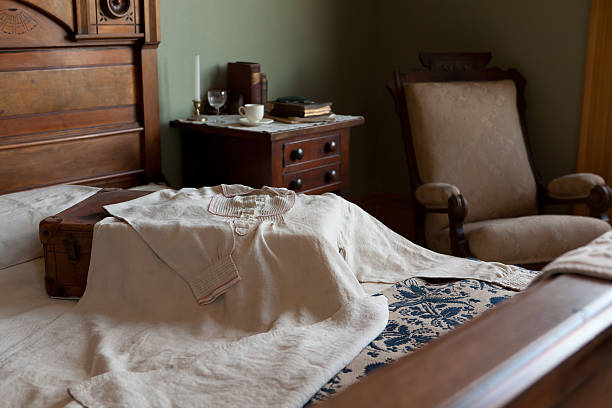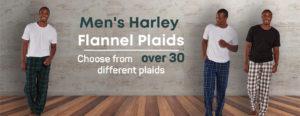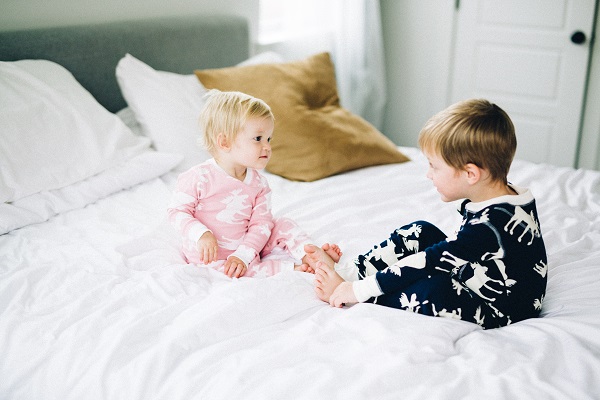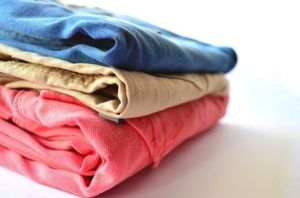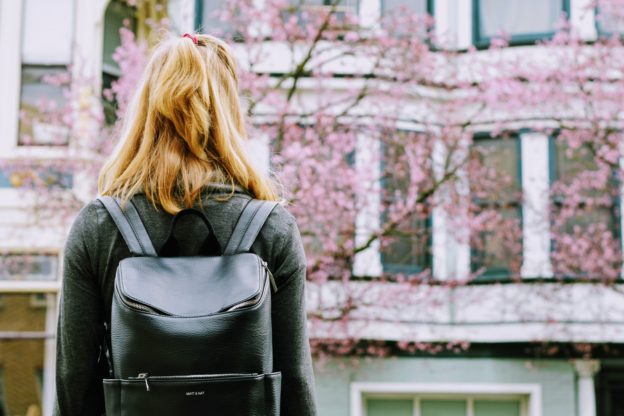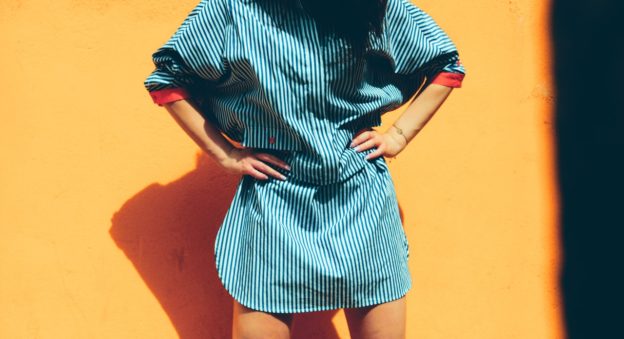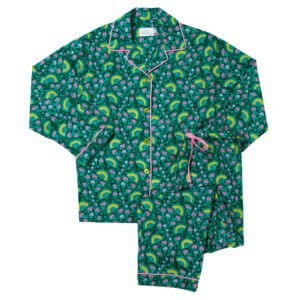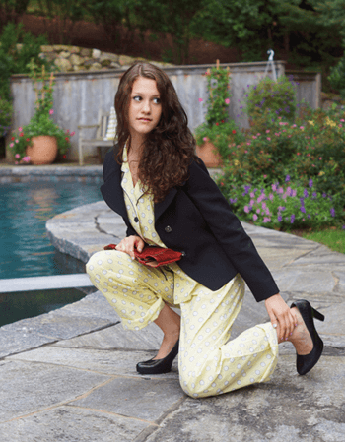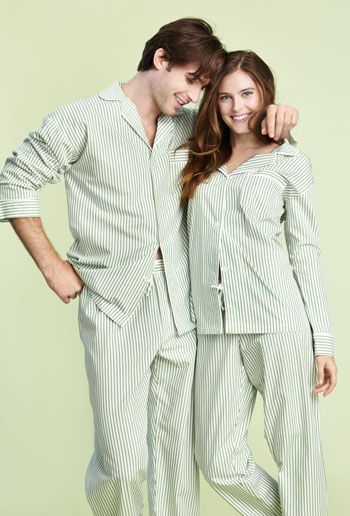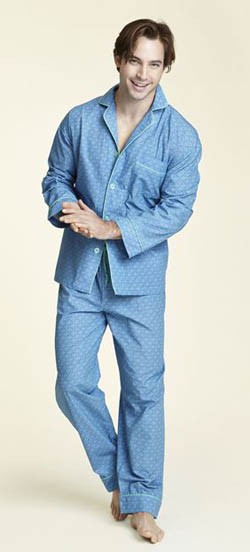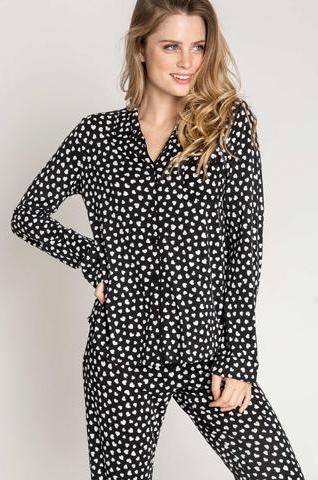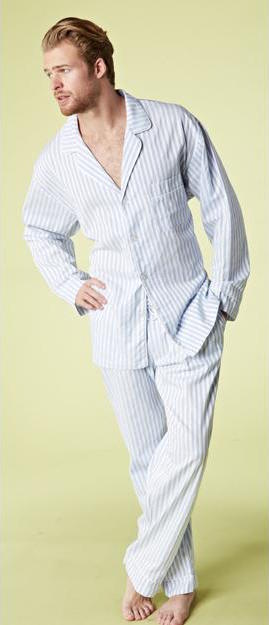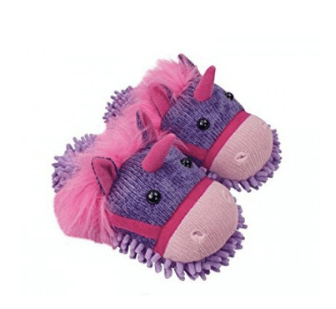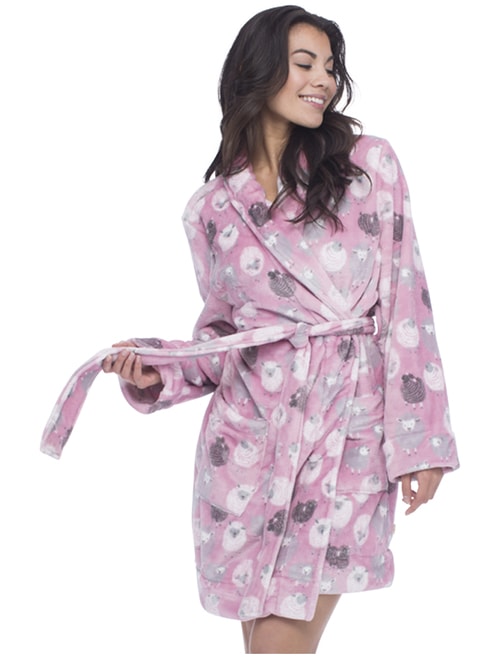Have you ever considered that your zodiac sign might influence more than just your personality and day-to-day decisions? From the way you unwind to the textures and fabrics that make you feel truly relaxed, astrology could play a role in your sleepwear choices. Whether you’re a bold Aries who thrives on statement-making pajamas or a dreamy Pisces who craves silky comfort, your celestial energy says more about your bedtime vibe than you might think.
Let’s explore how your star sign connects to the perfect pajamas for your lifestyle!.
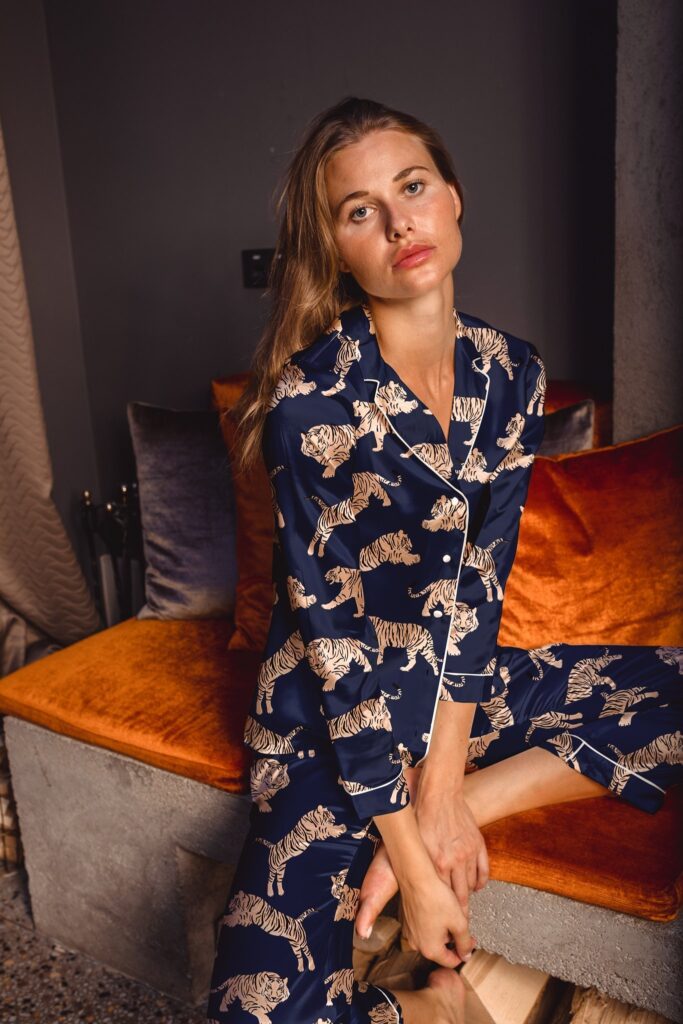
Fire Signs: Aries, Leo, Sagittarius – The Bold & Fiery Dreamers Fire signs are passionate, confident, and always looking for ways to express themselves. Even in their sleepwear, they bring an element of flair—no plain pajama sets here! They lean toward bold prints, luxurious fabrics, and designs that reflect their vibrant spirit. Suggested Sleepwear: Satin sets with animal prints, rich jewel-tone robes, or bright short sets. Aries loves striking reds, Leo radiates gold and sunshine hues, and Sagittarius thrives in deep purples and adventurous patterns

Earth Signs: Taurus, Virgo, Capricorn – The Comfort Seekers
Grounded and practical, earth signs prioritize comfort and high-quality fabrics that align with their love of luxury and nature. They need soft, durable sleepwear that feels as good as it looks. Suggested Sleepwear: Organic cotton pajama sets, rayon or bamboo fabric loungewear, oversized sleep shirts, and neutral-toned pieces like sage green, warm beiges, and deep chocolate hues. Taurus adores silky elegance, Virgo appreciates practical sleepwear with clean lines, and Capricorn loves timeless designs that never go out of style.
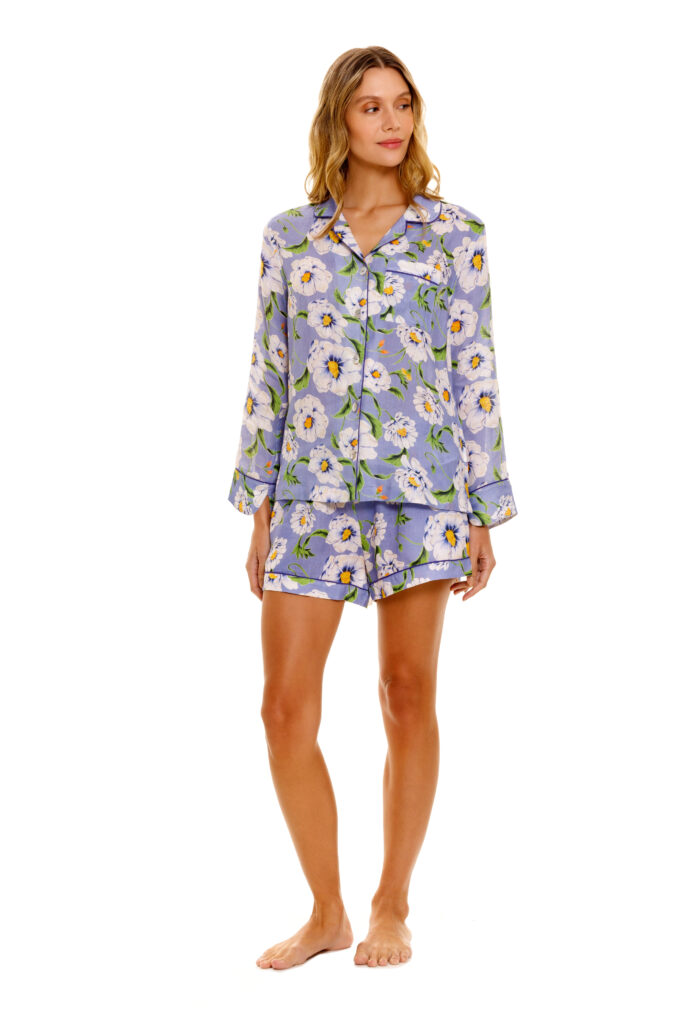
Air Signs: Gemini, Libra, Aquarius – The Free Spirits
Air signs are creative and effortlessly stylish, often seeking sleepwear that’s as versatile as they are. They want something that’s comfortable enough to sleep in but chic enough to lounge in for hours. Suggested Sleepwear: Silky button-down pajama sets, breezy linen comfort, trendy jogger-style pajama pants, or mix-and-match sets that suit their mood. Their color palette? Think fresh pastels, airy whites, and electrifying blues. Gemini loves patterns that keep things fun, Libra gravitates toward aesthetically pleasing sleepwear, and Aquarius embraces modern, unconventional designs.
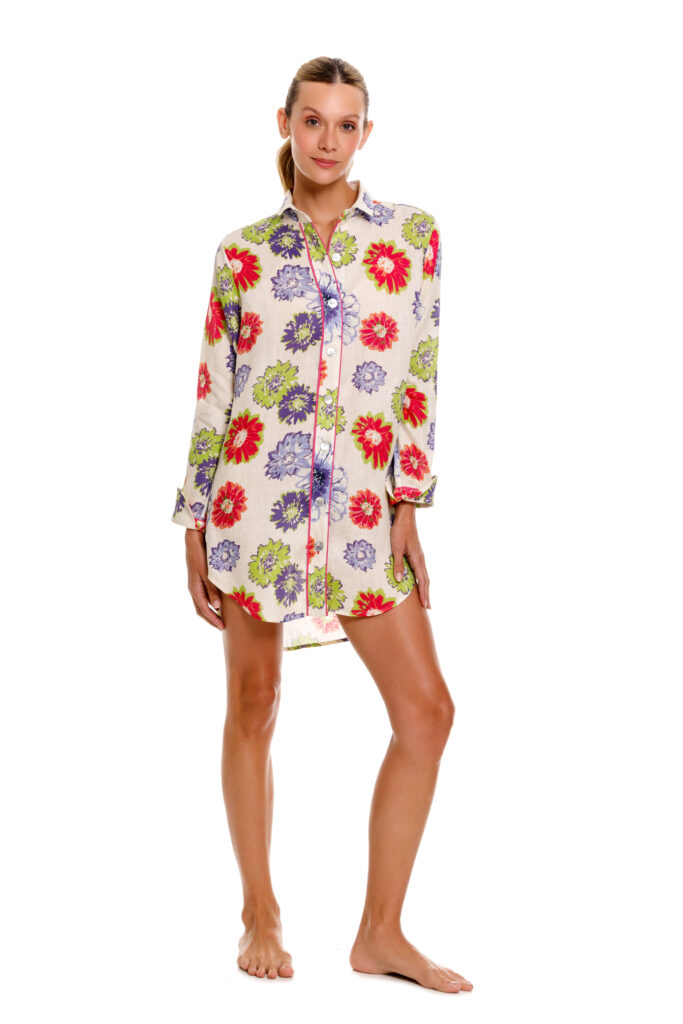
Water Signs: Cancer, Scorpio, Pisces – The Dreamy Souls
Deeply intuitive and emotional, water signs thrive in soft, comforting textures that help them fully embrace relaxation. Their sleepwear should reflect their love of nostalgia, mystery, and gentle, flowing designs. Suggested Sleepwear: Flowing nightgowns, plush robes, pajama sets in calming shades of blues, lavenders, and deep, moody tones. Cancer finds comfort in cozy materials, Scorpio loves a hint of dramatic flair, and Pisces surrenders to dreamy, whimsical textures like silk and velvet.
Align Your Sleep Style with the Stars
Your zodiac sign isn’t just about personality traits—it’s a gateway to understanding how to create a truly comfortable, restful environment that reflects your natural energy. Whether you embrace fiery confidence, earthy grounding, airy creativity, or water-like tranquility, your perfect pajamas are waiting to bring celestial harmony to your nighttime routine.
So, what’s your sign? And more importantly—are your pajamas matching your cosmic destiny?



